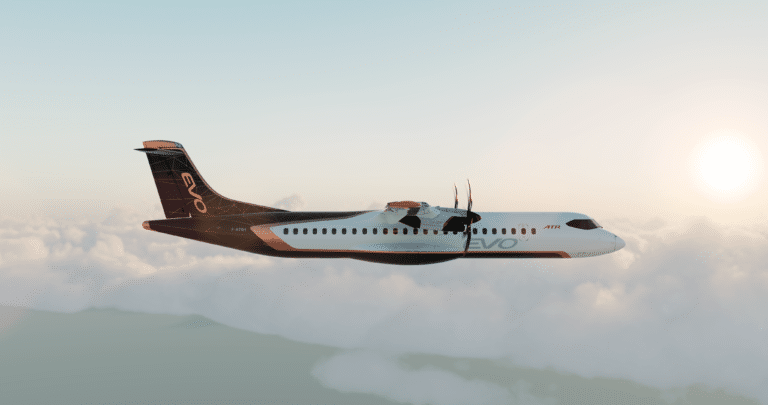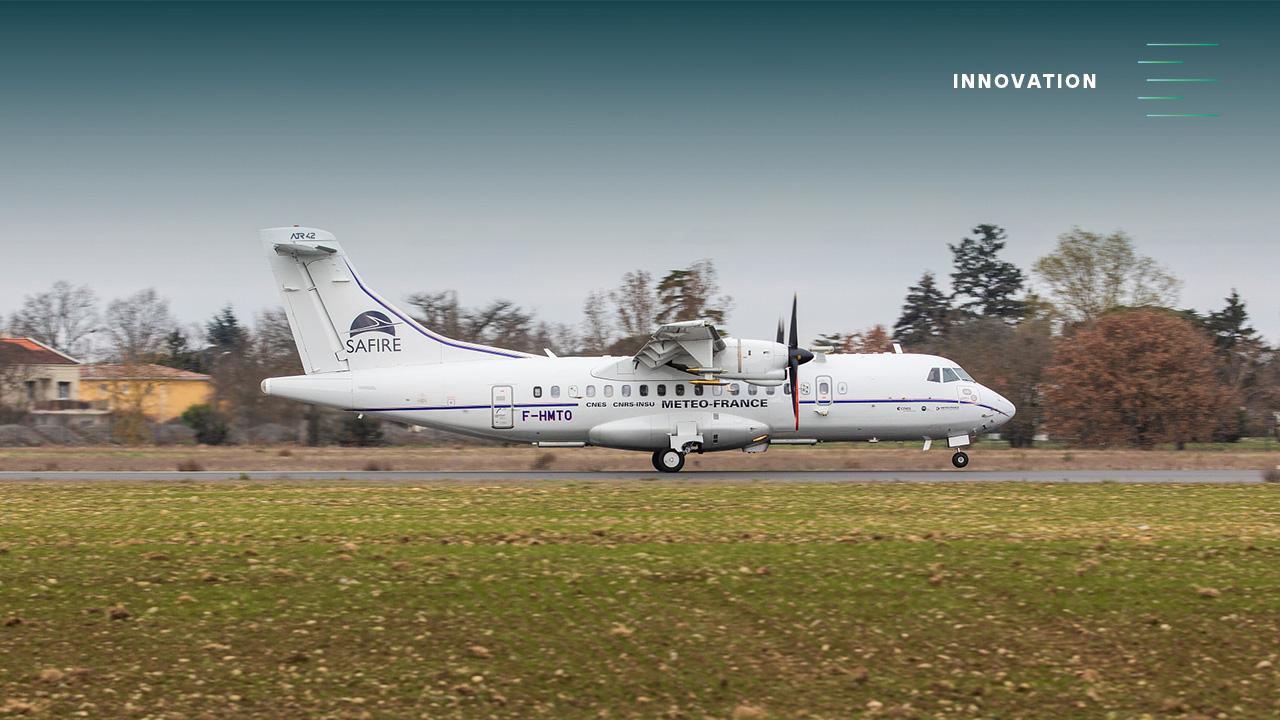Pioneering Meteorological Research from the Skies
With a specially modified ATR 42, the French public unit for airborne research ‘“SAFIRE” conducts groundbreaking experiments in the sky to collect vital information on meteorological phenomena.
Acquired in the early 2000s, SAFIRE’s ATR 42 underwent an extensive two-year transformation, where significant modifications were made, making it the only ATR of its kind. Featuring extra windows enabling optical systems to collect atmospheric samples, laser-based systems used to sample particles, like water droplets and ice crystals, underwing pods capable of carrying microphysical sensors, along with a second generator to the second engine, for increased power capacity, and a comprehensive electrical distribution network – this aircraft is an airborne research facility, providing invaluable insights into meteorological processes.
And SAFIRE’s commitment to innovation is further demonstrated by their ability to adapt the aircraft to evolving scientific needs. The cabin, windows, and underwing points of attachment can be customised to accommodate additional sensors, temperature and humidity probes, and advanced sampling systems. The optical quality of special windows enables laser targeting and precise measurements from various perspectives.
One of Safire’s notable achievements came in 2020 when they horizontally scanned a tropical cumulus cloud, providing a comprehensive view of the cloud’s internal structure. Aiming at studying the functioning of cumulus clouds in the Caribbean, the EUREC4A project significantly expanded our understanding of cloud dynamics.
Continuing their research, SAFIRE will venture to Cape Verde this summer for the MAESTRO project, exploring the birthplace of trade winds that blend African dust and marine aerosols.
By studying the trade wind clouds before they cross the Atlantic, scientists aim to unravel the complex interactions that impact climate and weather patterns.
Beyond understanding meteorological phenomena, SAFIRE’s work holds significant implications for climate change research. Investigating the factors that contribute to the formation of trade wind clouds, such as oceanic currents, evaporation, and wind patterns, provides critical insights into the global climate system. Their findings shed light on how changes in ocean surface temperature, dust transport, and cloud formation interact, ultimately influencing the Earth’s energy balance.
SAFIRE’s endeavours also contribute to the enhancement of flight safety, for instance through the EU SENS4ICE project, where ATR also serves as a partner. We conducted in-depth research on aircraft icing and tested new methods and sensors for the early detection of in-flight icing. This collaborative effort aims to develop advanced safety measures to mitigate the risks associated with icing conditions.
As a 100% public research unit, SAFIRE operates as a dedicated service for airborne research, bridging the gap between aviation and scientific communities. This public investment underscores the immense value of scientific exploration and the role it plays in addressing society’s challenges.











